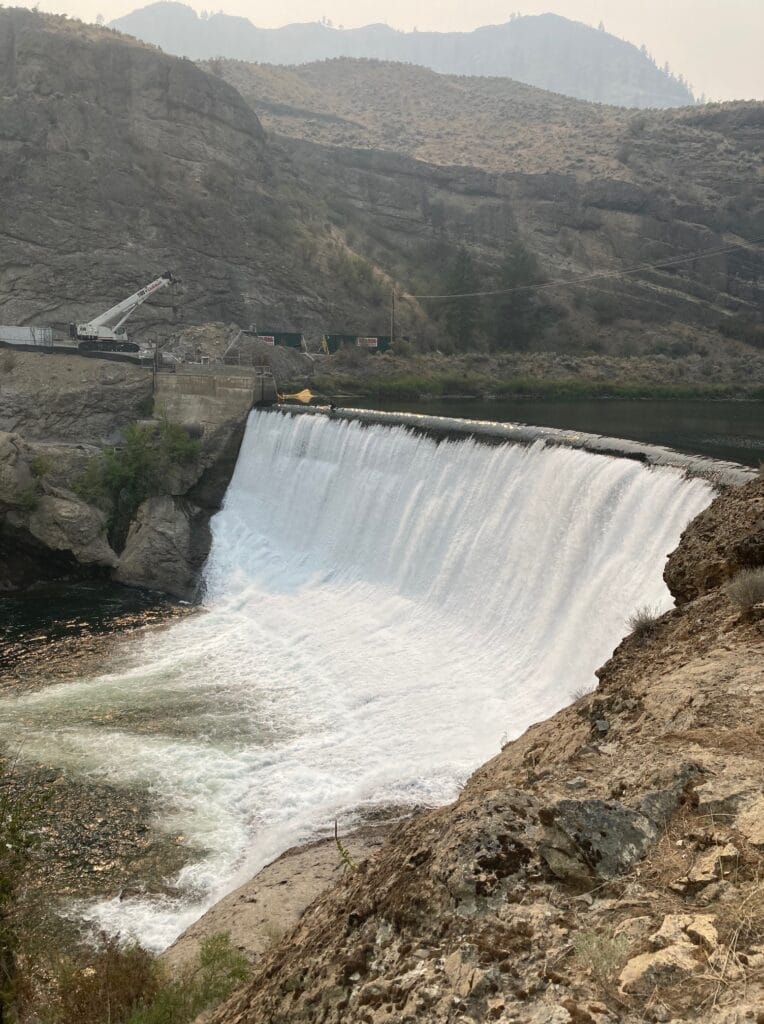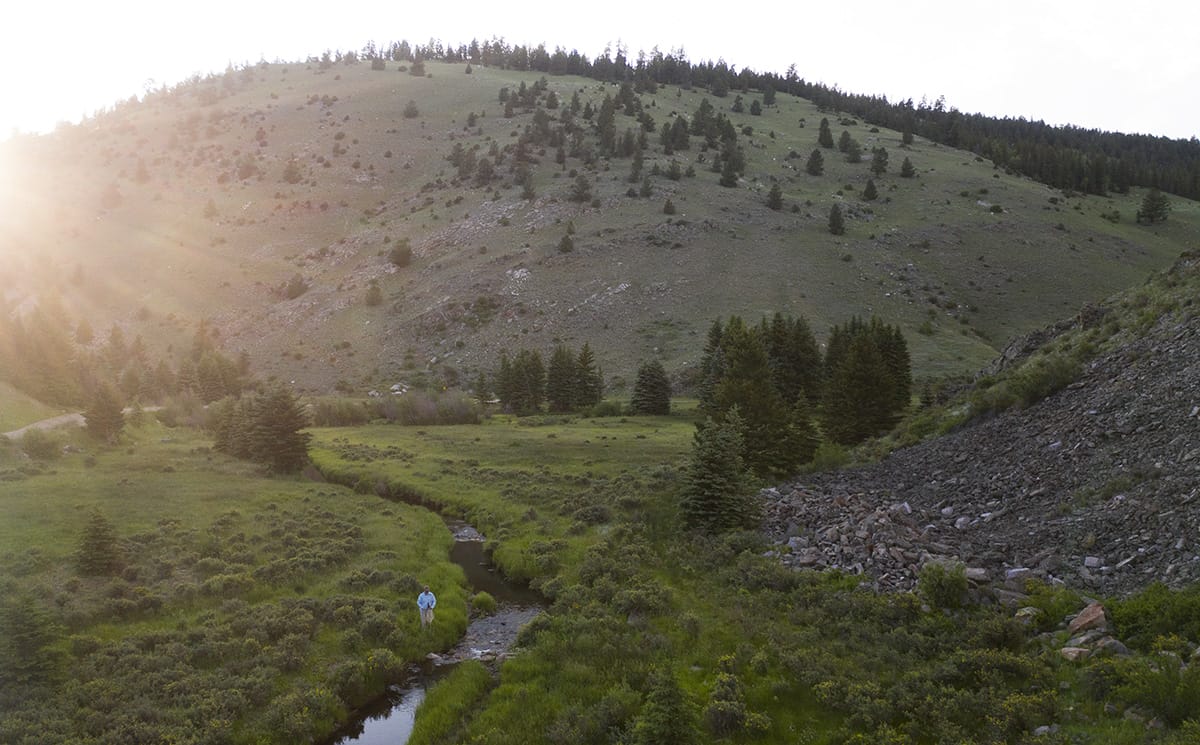USFWS fish passage funding provided by the Bipartisan Infrastructure Law will support TU projects in Priority Waters across eight states
TU members know fish, watersheds and communities benefit from connected watersheds, which is why we’re celebrating the United States Fish and Wildlife Service’s (USFWS) announcement that 43 fish passage restoration projects across 29 states have been awarded funding through the Bipartisan Infrastructure Law.
As a part of that larger package, more than $16 million was awarded to nine projects Trout Unlimited is leading or partnering on in Priority Waters across Arizona, Connecticut, Massachusetts, Michigan, Montana, New Mexico, Vermont, and Washington.
These projects will reconnect important habitat by removing barriers to migration so trout and salmon populations can once again access key spawning and rearing habitat and sources of cold, clean water. They will leverage federal investments to create jobs and build durable, flood-resistant infrastructure for local communities. The funding will enable shovel-ready projects to move ahead immediately while also supporting important work to study the feasibility of potential projects and complete planning and engineering designs for others.
“TU and our partners are proud to continue working with the U.S. Fish and Wildlife Service to restore fish populations and healthy watersheds and invest federal infrastructure funding into local communities across a number of our Priority Waters,” said Warren Colyer, TU’s national restoration director. “This work is a lifeline for native fish and a perfect example of building climate resiliency by reconnecting habitat, providing access to cold, clean water and improving infrastructure to reduce flooding and better handle both high water and drought.”
“This year’s $70 million investment from the President’s Investing in America agenda will have tremendous impacts, not only in restoring fragmented aquatic habitats but in revitalizing communities across the nation,” said U.S. Fish and Wildlife Service Director Martha Williams. “For every $1 million invested in 2022 and 2023 through the Bipartisan Infrastructure Law and partner funding for fish passage projects, an average of 13 jobs were supported and $1.5 million was contributed to the project area’s local economy through construction and implementation.”
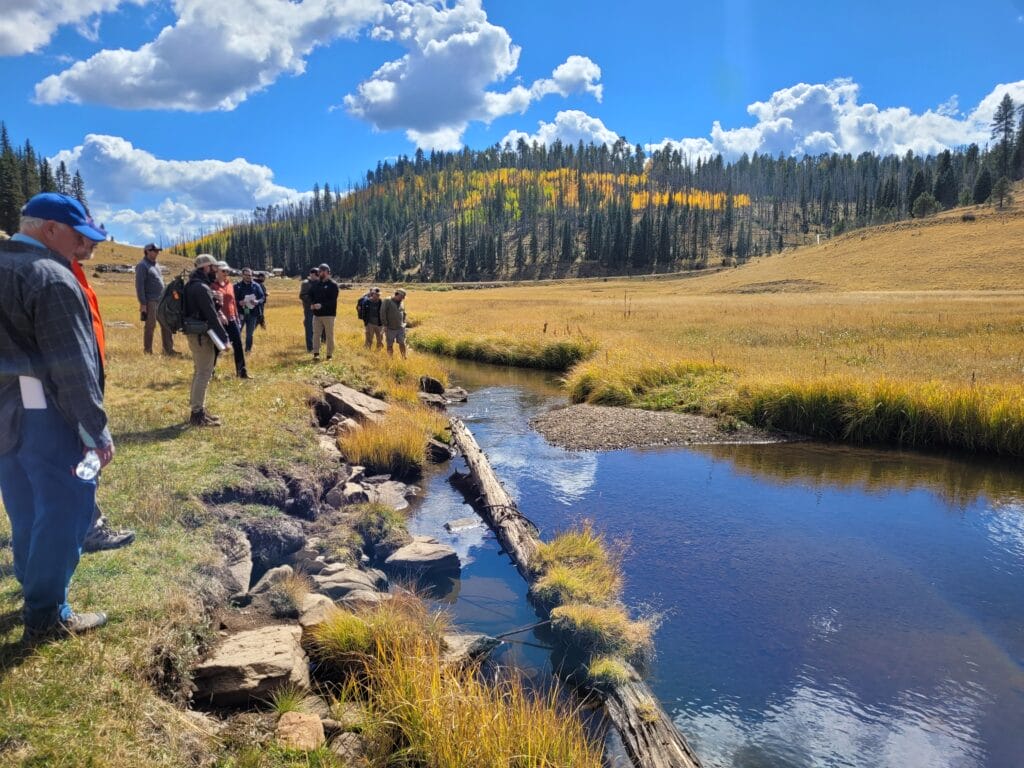
Trout Unlimited and Partners: Funded Projects
Arizona: Salt & Little Colorado River Basins Fish Passage ($2.2 million)
Trout Unlimited will partner with the White Mountain Apache Tribe (WMAT) and the USFWS to improve or replace eight culverts on an Apache trout stream within the Fort Apache Indian Reservation (FAIR). Additionally, as part of this aquatic organism passage (AOP) funding, TU will conduct an AOP assessment of each road crossing on both FAIR and the Apache Sitgreaves National Forest. Identifying these non-functioning culverts will better outline our future project work on both landscapes.
Connecticut: Norwalk River Dam Removal, Planning and Assessment ($1.3 million)
This project is a multi-barrier effort on the Norwalk River to fully remove the breached Cannondale Dam; develop final design and permits for an unregistered dam upstream; and finalize the assessment and initial design plans for removal of two dams at the Factory Pond complex. When completed, these four removals will re-open an additional 6.35 miles of stream. The effort will also train volunteers to map, assess and engage landowners and stakeholders on other barriers in the remaining 32 miles of watershed. Fish passage will be improved for priority species of sea lamprey, alewife, blueback herring, American eel, American shad and gizzard shad, and address human and community impacts by improving resilience to climate change, reducing flooding and improving water quality.
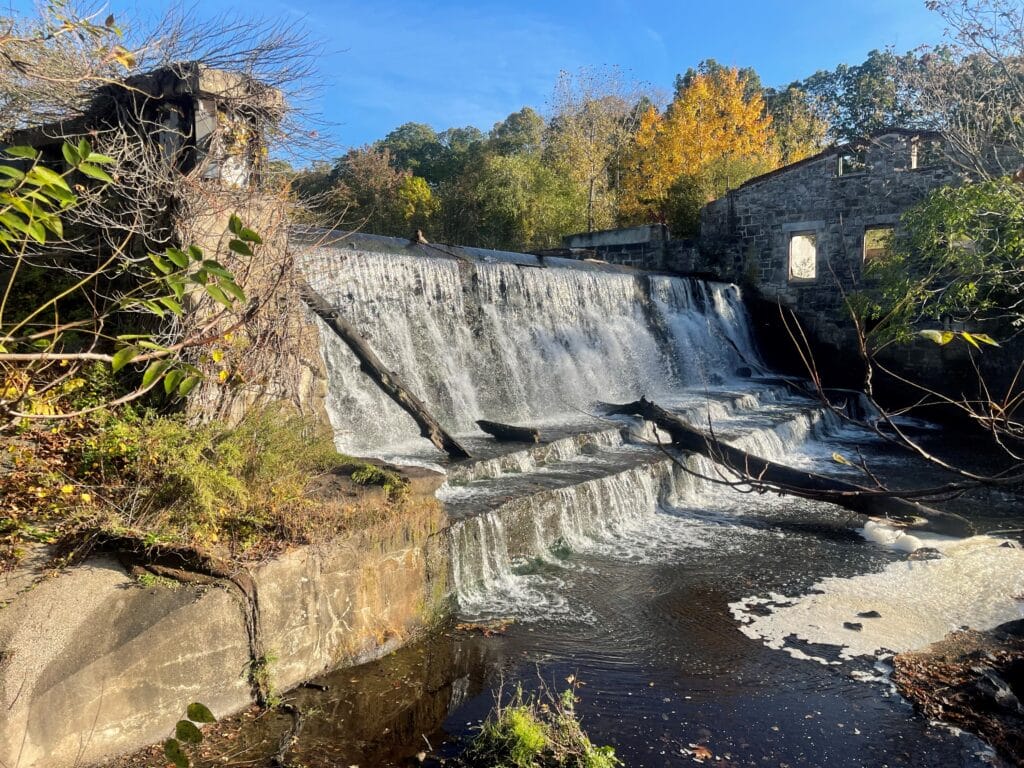
Massachusetts: Hoosic River Headwater Dam Removals ($2.2 million)
The project will remove two dams from the headwaters of the Hoosic River watershed, one on the North Branch Hoosic River and one on Broad Brook. Removing the two dams will open 74 miles of upstream coldwater trout habitat and improve flood resilience and water quality in local communities. In addition, these dam removals will provide the local community with safe access points for increased angling and recreational opportunities.
Michigan: Kallio Creek at Skanee Road AOP Restoration ($600,000)
This project will replace a concrete culvert at Kallio Creek at Skanee Road. It will restore full fish passage and natural stream function at this site, reconnecting over three miles of high-quality trout habitat in Kallio Creek to 25 miles of the Silver River. In addition to restoring passage at the site, the new crossing structure will be designed to improve flood resiliency and increase community safety during increasingly common and hazardous flood events.
Michigan: Increasing Arctic Grayling Fish Passage ($2.5 million)
This project will replace six improperly sized/failing road-stream crossings on Michigan Department of Natural Resources State Forest lands that are barriers to aquatic organism passage in the Upper Manistee River, a priority watershed for restoration of Arctic grayling and a state-designated Natural River. Expected outcomes from the project are to increase connectivity and quality stream habitat by approximately 25 miles, prevent annual erosion of approximately eight tons of sediment and install more climate adapted and resilient bridges and culverts designed to pass increased flood-flows. Target aquatic species are an assemblage of climate vulnerable cold-water fisheries resources, including Arctic Grayling.
Montana: Upper Clark Fork River Fish Passage Project ($1 million)
This project will reconnect Bull Trout habitat at the headwaters of the Clark Fork River in western Montana. This will be done through construction of fish passage improvements and installation of fish screens at four irrigation diversions on the Clark Fork River that impede upstream passage and divert migratory fish. These improvements will provide year-round fish passage for all fish species and life stages, prevent diversion of migratory fish in irrigation ditches, maintain irrigation water delivery and improve recreational float passage. In total, the project will reconnect the uppermost 27 miles of mainstem Clark Fork River habitat over the next four years, complementing on-going efforts in Warm Springs Creek to reconnect an additional 64 miles of habitat.
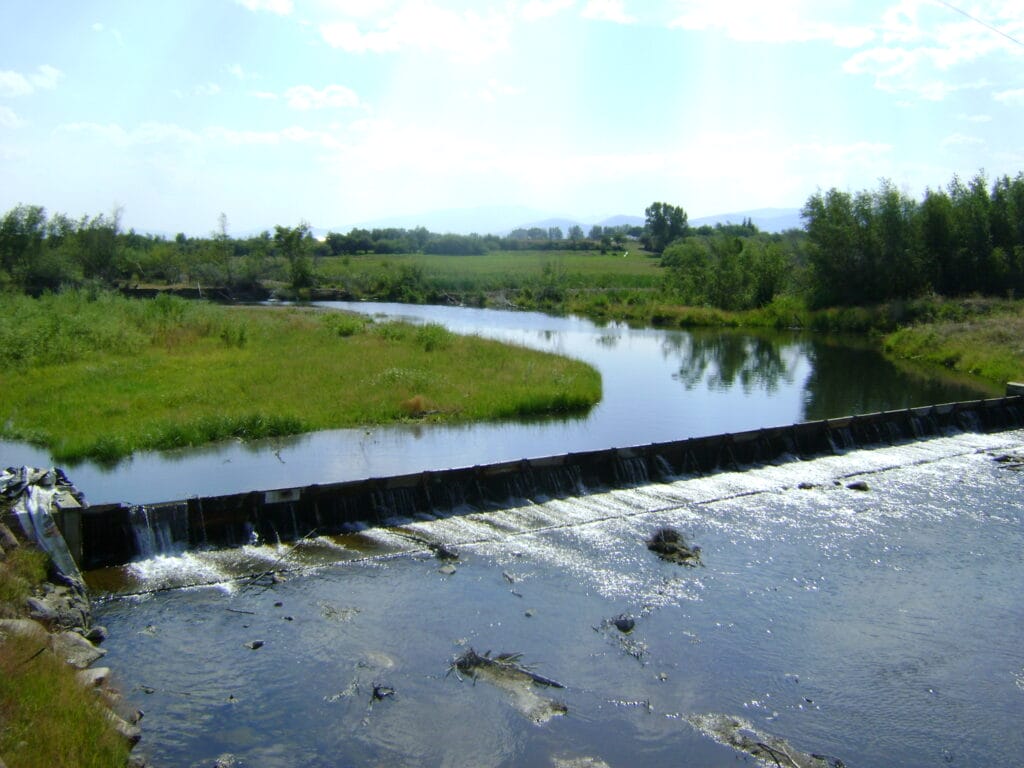
New Mexico: Rio Costilla Metapopulation Connectivity Project ($1.1 million)
This project is the last step in the 25-year Rio Costilla Watershed Native Species Restoration Project, the largest native trout restoration project in history. Work to date has included eradication of non-native species and the reintroduction of pure Rio Grande cutthroat trout, Rio Grande sucker and Rio Grande chub into 120 stream miles, 10 lakes and one reservoir. This project will address and remove remaining fish passage barriers. Additionally, the project aims to expedite fish passage work in the Ponil Creek watershed for the Canadian Lineage Rio Grande cutthroat trout. These barrier removals will increase flood resiliency and support local angler tourism.
Vermont: Essex County Connectivity & Flood Resiliency($1 million)
Led by the Essex County Conservation District, this project will replace three barriers to fish passage in the Upper Connecticut River Watershed. All structures to be replaced are full barriers to fish passage and were identified as high priority structures to be replaced by the Upper Connecticut Aquatic Organism Passage Working Group, a partnership of state, federal, municipal and nonprofit conservation organizations. In addition to improving fish passage, replacement of these structures will increase flood resiliency in Essex County. Trout Unlimited staff are leading the effort to remove two of the three culverts for this project.
Washington: Enloe Dam Removal Feasibility, Design & Permitting ($4.8 million)
This project will complete the Enloe Dam Removal Feasibility Assessment and selection of a design alternative. If a feasible dam removal pathway is identified, the project will advance engineering and design to 60 percent, select a dam removal entity and develop a risk management program. If proven to be feasible, removing the Enloe Dam would reconnect over 1,500 miles of habitat for endangered Upper Columbia River Steelhead, Chinook salmon and Tribal trust species like Pacific Lamprey, while also creating benefits for water quality, recreation and flood risk reduction.
